Farmers’ Almanac Winter Forecast for 2025–2026: The Official Prediction
The highly anticipated Farmers’ Almanac Winter Forecast for 2025–2026 has been released, promising a season of “Chill, Snow, Repeat.” As the days grow shorter, millions of Americans are turning to this time-honored publication to get a head start on preparing for what lies ahead. This year’s long-range prediction points to a classic winter, with widespread cold and significant snow for many regions. Whether you’re a homeowner, a business owner, or a winter enthusiast, understanding this forecast is the first step toward a safe and prepared season.
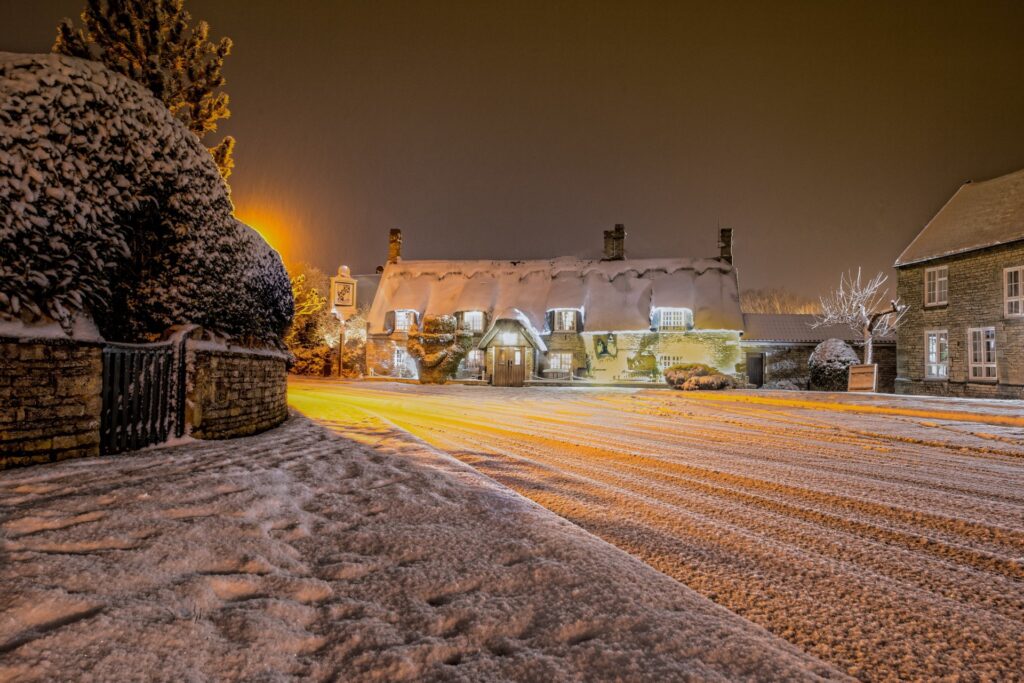
- Farmers’ Almanac Winter Forecast for 2025–2026: The Official Prediction
- What Is the Farmers’ Almanac Winter Forecast?
- Key Highlights: A Glimpse of Winter 2025–2026
- Regional Breakdown: Where Will "Chill, Snow, Repeat" Hit Hardest?
- Farmers’ Almanac vs. NOAA: The Methodological Divide
- How Accurate Is the Farmers’ Almanac Forecast?
- Tips to Prepare for the Winter Season
- Final Thoughts and Conclusion
- Farmers’ Almanac Winter Forecast for 2025–2026: The Official Prediction
- What Is the Farmers’ Almanac Winter Forecast?
- Key Highlights: A Glimpse of Winter 2025–2026
- Regional Breakdown: Where Will "Chill, Snow, Repeat" Hit Hardest?
- Farmers’ Almanac vs. NOAA: The Methodological Divide
- How Accurate Is the Farmers’ Almanac Forecast?
- Tips to Prepare for the Winter Season
- Final Thoughts and Conclusion
In this comprehensive guide, we’ll break down the key predictions, compare them with modern scientific outlooks, and offer a detailed regional analysis. We’ll also explore the unique methodology of the Farmers’ Almanac and provide essential tips to get you ready for the cold and snow.
What Is the Farmers’ Almanac Winter Forecast?
Since 1818, the Farmers’ Almanac has provided long-range weather predictions to a loyal audience. Its methodology, which has been passed down through generations, is a closely guarded secret attributed to a mysterious prognosticator named “Caleb Weatherbee.” This proprietary formula uses a combination of astronomical data, including moon phases and tidal action, sunspot activity, and historical weather patterns. The publication claims an accuracy rate of 80% to 85%. While independent studies often find the accuracy closer to 50%, the forecast remains a popular annual tradition.
For the 2025–2026 season, the Farmers’ Almanac uses the theme “Chill, Snow, Repeat,” warning of a relentless cycle of bitter cold and heavy snowfall across much of the country.
Key Highlights: A Glimpse of Winter 2025–2026
The latest forecast outlines a picture of a dramatic winter, with several major trends impacting different parts of the U.S.
- Consistent Cold and Snow: Expect a chilly and snowy winter across the northern tier of the country, from the Pacific Northwest to New England.
- Bitter Cold Outbreaks: The coldest periods are predicted to hit in mid-January and mid-February, with frigid Arctic blasts sweeping across the Northern Plains, Great Lakes, and Northeast.
- Wetter South: The Southeast, South Central, and parts of the Southwest should prepare for a wetter-than-normal winter, with a higher chance of cold rain and occasional freezing precipitation.
- Snowfall Hotspots: The forecast identifies several key areas likely to receive above-average snowfall, including the Great Lakes region, New England, and the Pacific Northwest mountains.
Regional Breakdown: Where Will “Chill, Snow, Repeat” Hit Hardest?
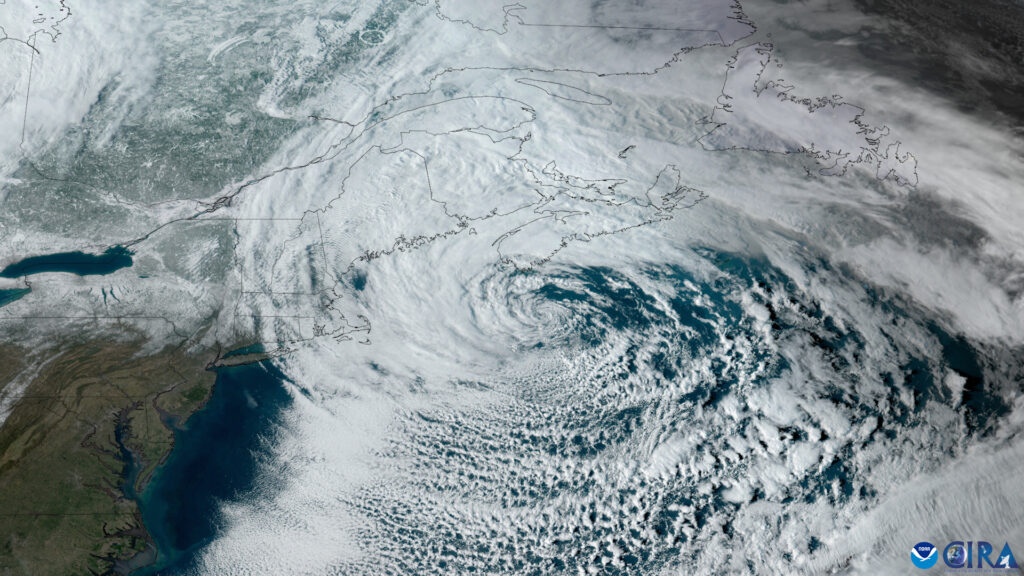
The forecast offers a detailed look at how these trends will play out across the country. Here is what each region can expect:
| Region | Primary Forecast | Key Details |
| Northeast & New England | Classic Cold & Snowy | Prepare for multiple nor’easters between January and March. |
| Great Lakes & Midwest | Relentless Cold & Heavy Snow | Lake-effect snowstorms are expected to pile up significant totals. |
| Northern Plains | Bitter Cold Spells | Sub-zero temperatures will dominate, with persistent cold waves. |
| Pacific Northwest | Impressive Mountain Snow | Ski resorts will likely see a longer, snowier season than usual. |
| Southeast & Gulf Coast | Wetter Than Average | Expect cold rain and a higher chance of ice events, especially in northern areas. |
| Southwest | Mix of Cold Rain & Winter Storms | Mountainous regions could receive significant snow, while lower elevations get cold rains. |
A Deeper Look at Regional Impact
Northeast & New England: This region is a prime target for powerful nor’easters. These large-scale storms form off the coast and get their name from the strong northeast winds they bring. They can produce heavy snow, blizzard conditions, and coastal flooding, making travel difficult and causing widespread power outages.
Great Lakes & Midwest: The combination of bitter cold and lake-effect snow will be the defining feature of this winter. As cold air moves over the relatively warmer lake waters, it picks up moisture, which is then deposited as intense snowfall on downwind shores. This can lead to massive snow totals, particularly in cities like Buffalo, NY, and Marquette, MI.
Farmers’ Almanac vs. NOAA: The Methodological Divide
When it comes to long-range forecasting, there are two distinct schools of thought. The Farmers’ Almanac relies on its proprietary, non-scientific formula. This methodology is based on historical observations and celestial mechanics, with no adjustments once the forecast is published.
In contrast, the National Oceanic and Atmospheric Administration (NOAA) and its Climate Prediction Center use modern science and technology. NOAA’s seasonal outlooks rely on complex climate models, satellite data, and an analysis of global weather patterns, such as the El Niño–Southern Oscillation (ENSO). These forecasts are probabilistic, meaning they predict the likelihood of above-, below-, or near-normal conditions, rather than specific snow totals or temperatures on a given day.
While the Farmers’ Almanac offers a colorful, month-by-month outlook, NOAA’s forecast provides a scientific, data-driven perspective. Comparing both forecasts can offer a more balanced and informed view for the season ahead.
How Accurate Is the Farmers’ Almanac Forecast?
The question of accuracy is central to the Almanac’s reputation. While the publication claims an impressive 80% to 85% success rate, independent studies tell a different story. Research by academics and meteorologists has consistently found the accuracy of the Almanac’s long-range forecasts to be around 50%, which is roughly the same as a coin flip.
This doesn’t mean the forecasts are useless; they can still be a fun way to prepare for seasonal trends and engage with a long-standing tradition. However, for critical planning, it is always best to rely on up-to-the-minute forecasts from official sources.
Tips to Prepare for the Winter Season
Regardless of what the forecast says, preparing your home, vehicle, and family for winter is a smart move.
- Winterize Your Home: Check your insulation, seal drafts around windows and doors, and have your furnace or heating system serviced. Consider installing a carbon monoxide detector.
- Prepare Your Vehicle: Have snow tires installed, check your antifreeze and windshield wiper fluid, and keep an emergency kit in your car. This kit should include a blanket, flashlight, shovel, and jumper cables.
- Stock Up on Essentials: Make sure you have a supply of non-perishable food, bottled water, medications, and a battery-powered radio or backup chargers for your phone in case of power outages.
- Plan for Safety: Have a plan for what to do in case of a blizzard or extreme cold. Know the location of local warming shelters and ensure your family members are aware of them.
Final Thoughts and Conclusion
The Farmers’ Almanac Winter Forecast for 2025–2026 paints a picture of a winter with dramatic swings and heavy snow in the North. It provides a helpful seasonal outlook that can spark preparation for winter sports, travel plans, and home readiness.
While its long-range predictions may not have the scientific backing of modern meteorology, the Farmers’ Almanac remains a cherished cultural institution. By staying informed, consulting official weather updates, and taking a few key steps to prepare, you can face the “chill, snow, repeat” season with confidence.
Farmers’ Almanac Winter Forecast for 2025–2026: The Official Prediction
The highly anticipated Farmers’ Almanac Winter Forecast for 2025–2026 has been released, promising a season of “Chill, Snow, Repeat.” As the days grow shorter, millions of Americans are turning to this time-honored publication to get a head start on preparing for what lies ahead. This year’s long-range prediction points to a classic winter, with widespread cold and significant snow for many regions. Whether you’re a homeowner, a business owner, or a winter enthusiast, understanding this forecast is the first step toward a safe and prepared season.
In this comprehensive guide, we’ll break down the key predictions, compare them with modern scientific outlooks, and offer a detailed regional analysis. We’ll also explore the unique methodology of the Farmers’ Almanac and provide essential tips to get you ready for the cold and snow.
What Is the Farmers’ Almanac Winter Forecast?
Since 1818, the Farmers’ Almanac has provided long-range weather predictions to a loyal audience. Its methodology, which has been passed down through generations, is a closely guarded secret attributed to a mysterious prognosticator named “Caleb Weatherbee.” This proprietary formula uses a combination of astronomical data, including moon phases and tidal action, sunspot activity, and historical weather patterns. The publication claims an accuracy rate of 80% to 85%. While independent studies often find the accuracy closer to 50%, the forecast remains a popular annual tradition.
For the 2025–2026 season, the Farmers’ Almanac uses the theme “Chill, Snow, Repeat,” warning of a relentless cycle of bitter cold and heavy snowfall across much of the country.
Key Highlights: A Glimpse of Winter 2025–2026
The latest forecast outlines a picture of a dramatic winter, with several major trends impacting different parts of the U.S.
- Consistent Cold and Snow: Expect a chilly and snowy winter across the northern tier of the country, from the Pacific Northwest to New England.
- Bitter Cold Outbreaks: The coldest periods are predicted to hit in mid-January and mid-February, with frigid Arctic blasts sweeping across the Northern Plains, Great Lakes, and Northeast.
- Wetter South: The Southeast, South Central, and parts of the Southwest should prepare for a wetter-than-normal winter, with a higher chance of cold rain and occasional freezing precipitation.
- Snowfall Hotspots: The forecast identifies several key areas likely to receive above-average snowfall, including the Great Lakes region, New England, and the Pacific Northwest mountains.
Regional Breakdown: Where Will “Chill, Snow, Repeat” Hit Hardest?
The forecast offers a detailed look at how these trends will play out across the country. Here is what each region can expect:
| Region | Primary Forecast | Key Details |
| Northeast & New England | Classic Cold & Snowy | Prepare for multiple nor’easters between January and March. |
| Great Lakes & Midwest | Relentless Cold & Heavy Snow | Lake-effect snowstorms are expected to pile up significant totals. |
| Northern Plains | Bitter Cold Spells | Sub-zero temperatures will dominate, with persistent cold waves. |
| Pacific Northwest | Impressive Mountain Snow | Ski resorts will likely see a longer, snowier season than usual. |
| Southeast & Gulf Coast | Wetter Than Average | Expect cold rain and a higher chance of ice events, especially in northern areas. |
| Southwest | Mix of Cold Rain & Winter Storms | Mountainous regions could receive significant snow, while lower elevations get cold rains. |
A Deeper Look at Regional Impact
Northeast & New England: This region is a prime target for powerful nor’easters. These large-scale storms form off the coast and get their name from the strong northeast winds they bring. They can produce heavy snow, blizzard conditions, and coastal flooding, making travel difficult and causing widespread power outages.
Great Lakes & Midwest: The combination of bitter cold and lake-effect snow will be the defining feature of this winter. As cold air moves over the relatively warmer lake waters, it picks up moisture, which is then deposited as intense snowfall on downwind shores. This can lead to massive snow totals, particularly in cities like Buffalo, NY, and Marquette, MI.
Farmers’ Almanac vs. NOAA: The Methodological Divide
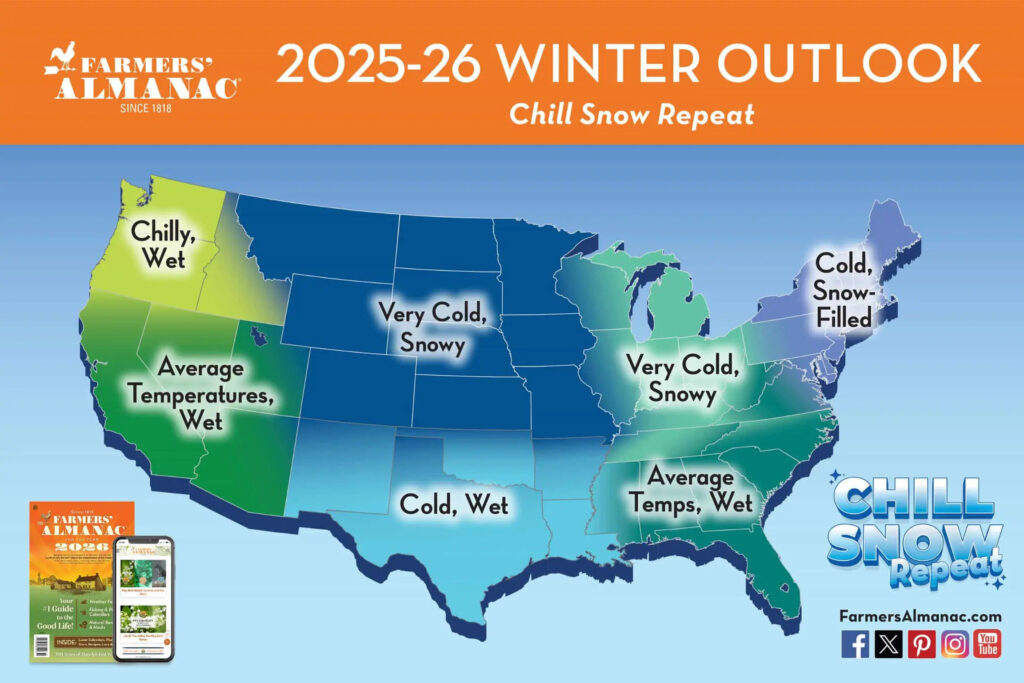
When it comes to long-range forecasting, there are two distinct schools of thought. The Farmers’ Almanac relies on its proprietary, non-scientific formula. This methodology is based on historical observations and celestial mechanics, with no adjustments once the forecast is published.
In contrast, the National Oceanic and Atmospheric Administration (NOAA) and its Climate Prediction Center use modern science and technology. NOAA’s seasonal outlooks rely on complex climate models, satellite data, and an analysis of global weather patterns, such as the El Niño–Southern Oscillation (ENSO). These forecasts are probabilistic, meaning they predict the likelihood of above-, below-, or near-normal conditions, rather than specific snow totals or temperatures on a given day.
While the Farmers’ Almanac offers a colorful, month-by-month outlook, NOAA’s forecast provides a scientific, data-driven perspective. Comparing both forecasts can offer a more balanced and informed view for the season ahead.
How Accurate Is the Farmers’ Almanac Forecast?
The question of accuracy is central to the Almanac’s reputation. While the publication claims an impressive 80% to 85% success rate, independent studies tell a different story. Research by academics and meteorologists has consistently found the accuracy of the Almanac’s long-range forecasts to be around 50%, which is roughly the same as a coin flip.
This doesn’t mean the forecasts are useless; they can still be a fun way to prepare for seasonal trends and engage with a long-standing tradition. However, for critical planning, it is always best to rely on up-to-the-minute forecasts from official sources.
Tips to Prepare for the Winter Season

Regardless of what the forecast says, preparing your home, vehicle, and family for winter is a smart move.
- Winterize Your Home: Check your insulation, seal drafts around windows and doors, and have your furnace or heating system serviced. Consider installing a carbon monoxide detector.
- Prepare Your Vehicle: Have snow tires installed, check your antifreeze and windshield wiper fluid, and keep an emergency kit in your car. This kit should include a blanket, flashlight, shovel, and jumper cables.
- Stock Up on Essentials: Make sure you have a supply of non-perishable food, bottled water, medications, and a battery-powered radio or backup chargers for your phone in case of power outages.
- Plan for Safety: Have a plan for what to do in case of a blizzard or extreme cold. Know the location of local warming shelters and ensure your family members are aware of them.
Final Thoughts and Conclusion
The Farmers’ Almanac Winter Forecast for 2025–2026 paints a picture of a winter with dramatic swings and heavy snow in the North. It provides a helpful seasonal outlook that can spark preparation for winter sports, travel plans, and home readiness.
While its long-range predictions may not have the scientific backing of modern meteorology, the Farmers’ Almanac remains a cherished cultural institution. By staying informed, consulting official weather updates, and taking a few key steps to prepare, you can face the “chill, snow, repeat” season with confidence.

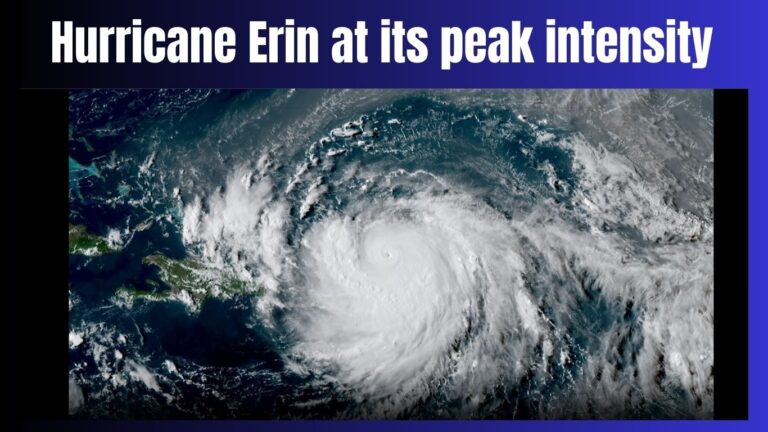
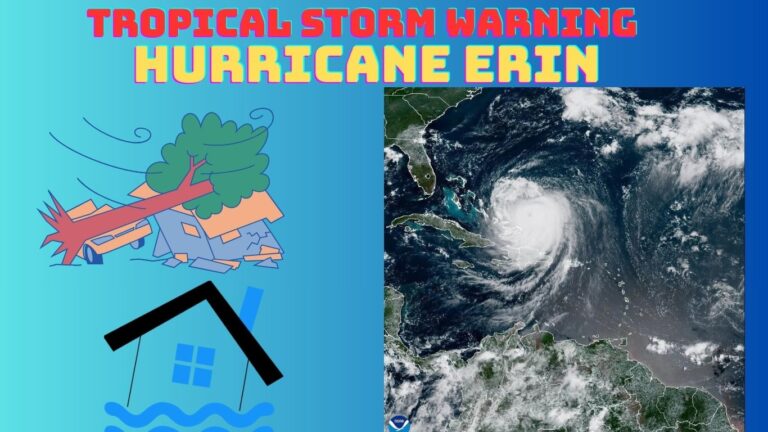



1 thought on “Farmers Almanac Winter Forecast for 2025–2026: The Official Prediction”